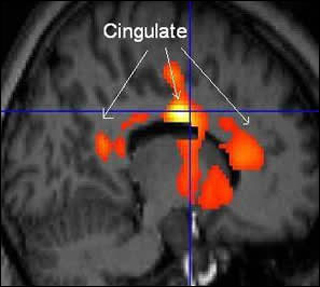Course Description
9.63 teaches principles of experimental methods in human perception and cognition, including design and statistical analysis. The course combines lectures and hands-on experimental exercises and requires an independent experimental project. Some experience in programming is desirable. To foster improved writing and …
9.63 teaches principles of experimental methods in human perception and cognition, including design and statistical analysis. The course combines lectures and hands-on experimental exercises and requires an independent experimental project. Some experience in programming is desirable. To foster improved writing and presentation skills in conducting and critiquing research in cognitive science, students are required to provide reports and give oral presentations of three team experiments. A fourth individually conducted experiment includes a proposal with revision, and concluding written and oral reports.
Course Info
Instructor
Departments
Learning Resource Types
grading
Exams
notes
Lecture Notes
assignment
Written Assignments

Statistically-analyzed PET scan data superimposed on structural MRI scan (front of brain is at right) shows areas in the anterior and posterior cingulate where panic disorder patients had nearly one third fewer serotonin 5-HT1A receptors compared to healthy control subjects. The lighter the color, the greater the difference between patients and controls. (Image courtesy of the National Institute of Mental Health.)








